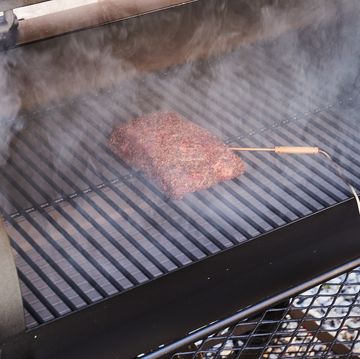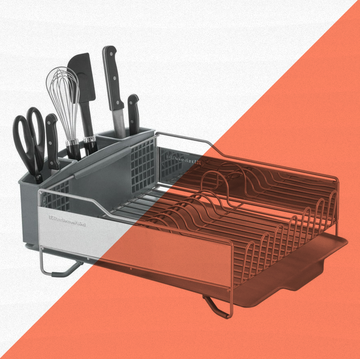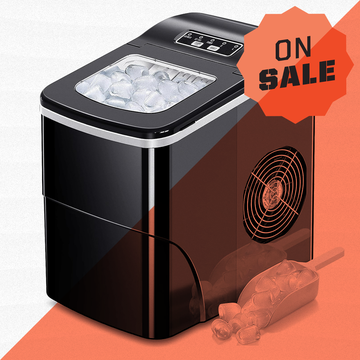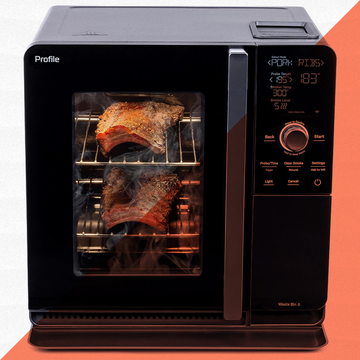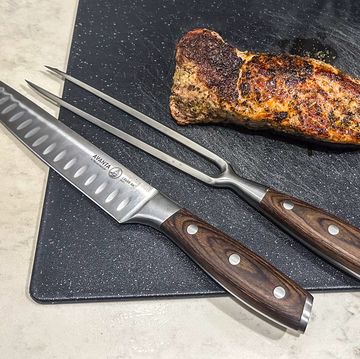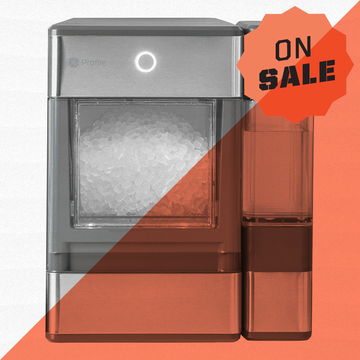We've all been there. You're about to cut into a loaf of bread and there it is. A fuzzy blue spot of mold lurking on the surface of that baguette you just bought yesterday. While most of us were taught to just cut around the mold and eat the rest in order to not waste food, it's time to stop that bad habit.
"We don't recommend cutting mold off of bread, because it's a soft food," Marianne Gravely, a senior technical information specialist for the United States Department of Agriculture told NPR. "With soft food, it's very easy for the roots [of the mold], or the tentacles, or whatever creepy word you want to use, to penetrate [deeper into the food]."
Basically, the mold spore's roots go much farther into bread than our eyes can see.
Gross, right?
There might be some wiggle room when it comes to sliced bread that comes in a bag, according to Gravely. If you can tell that one end of a long loaf is clean on the inside and exterior, it's safe to keep. But if you're not sure, just toss it out.
"I have seen mold spread from one slice to the next," Gravely told NPR. "I'm sure some people would really want to press the situation, but bread is cheap. Go buy some more."
Bread isn't the only food that you can't just cut off the moldy bits and eat the rest. Jam, soft fruits and lunch meat also should be thrown away once mold is spotted on any part of it.
There is some good news though. Harder foods like salami, carrots and hard cheeses can be salvaged by cutting off the visible mold since its roots can't move as quickly through their tough surfaces. Just to be safe, Gravely recommends cutting off an additional inch of food around the mold.
Follow Delish on Instagram.

Lyndsey Matthews is the Destination News Editor for AFAR; previously she was a Lifestyle Editor across all of Hearst Digital Media's brands, and a digital editor at Martha Stewart Weddings and Travel + Leisure.


